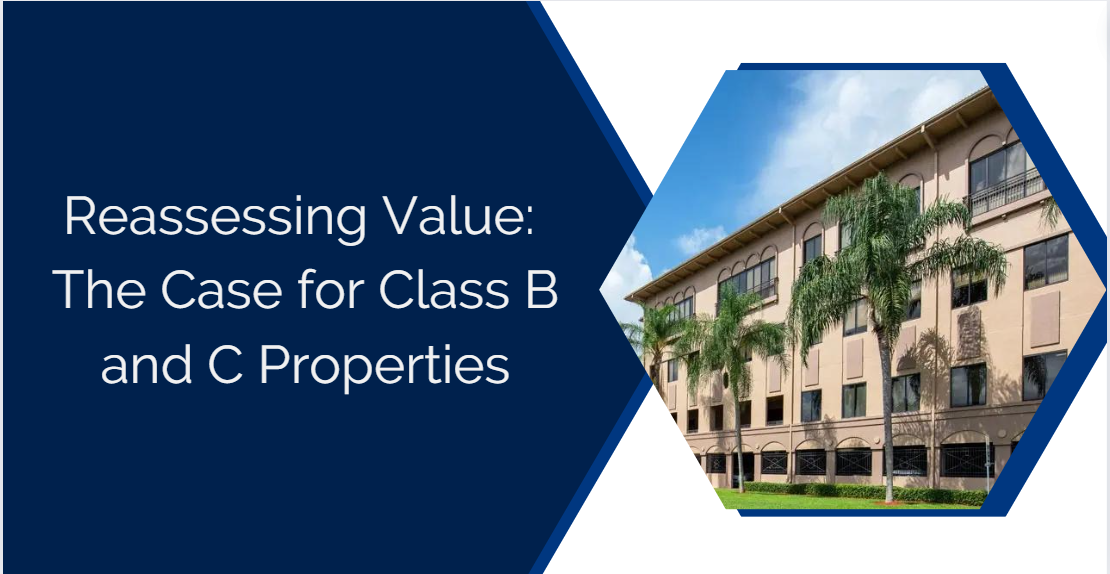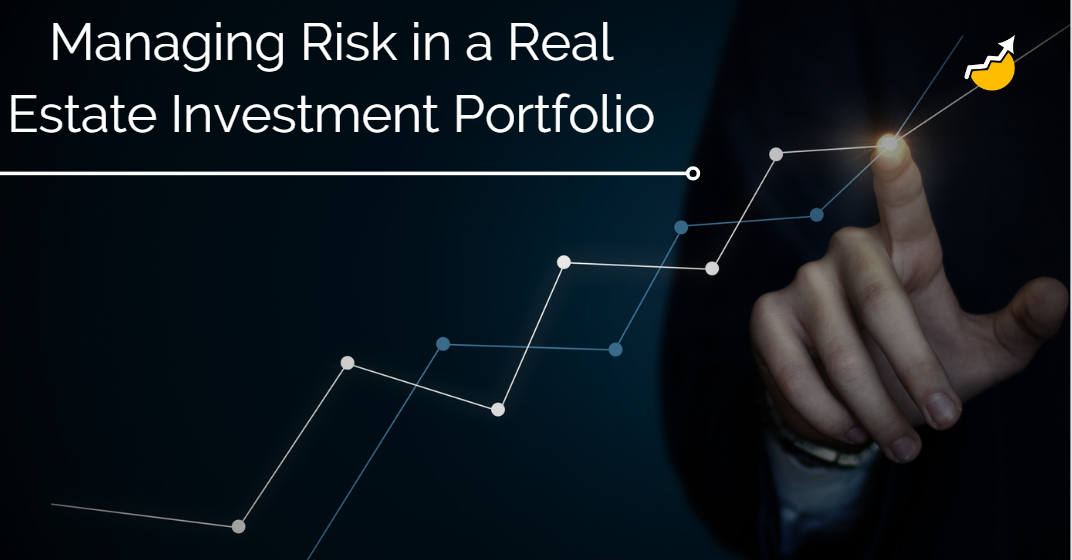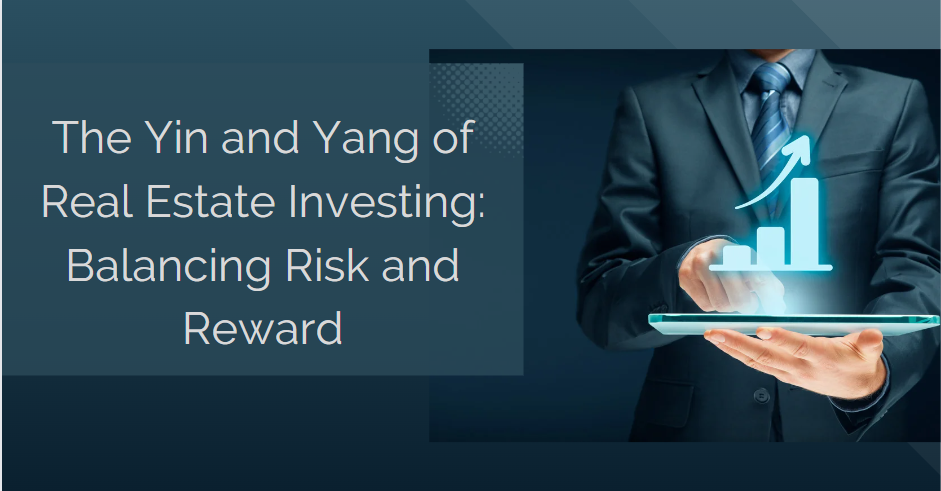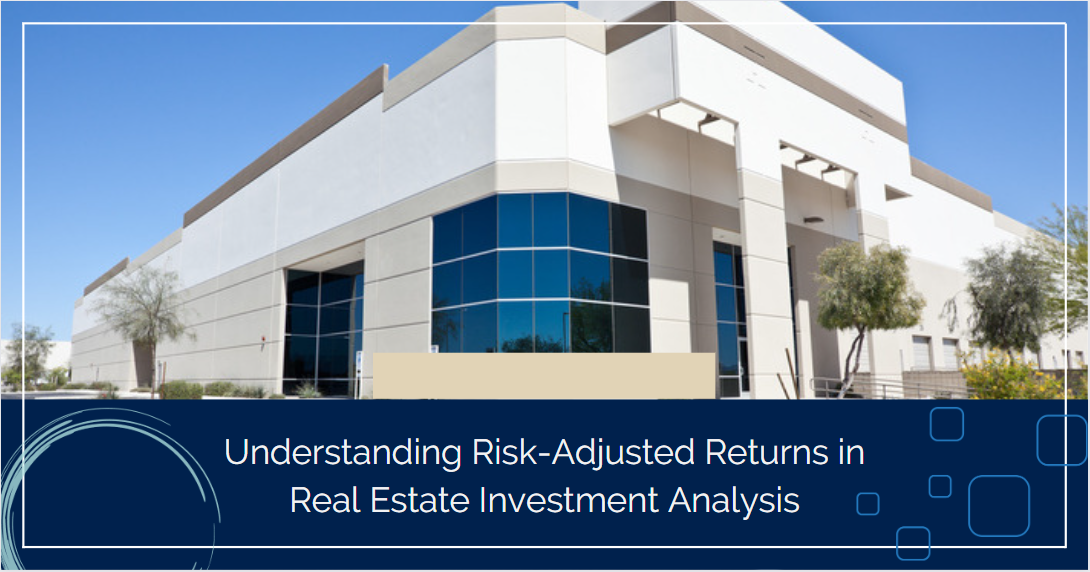Class B and C properties warrant a closer look from investors seeking to optimize their portfolios. While these assets may lack the immediate appeal of Class A properties, they offer distinct advantages that savvy investors understand.
These properties often present substantial opportunities for value creation. Strategic renovations and operational enhancements can significantly boost net operating income and potentially reposition the asset in the market. This value-add approach requires a keen eye for potential and a solid understanding of local market dynamics, but when executed well, it can yield impressive returns.
One often overlooked aspect of Class B and C properties is their performance during economic downturns. These assets tend to cater to a broader tenant base, including those seeking more affordable options. This diversity can translate to more stable occupancy rates and consistent cash flow, even when higher-end markets falter.
From a portfolio perspective, Class B and C properties offer valuable diversification benefits. By balancing investments across different property classes, investors can mitigate risks associated with market fluctuations and demographic shifts. This approach allows for a more resilient overall investment strategy.
Also Class B and C market often sees less competition from institutional investors. This reduced pressure can create opportunities for individual investors and smaller firms to secure favorable deals and potentially achieve higher risk-adjusted returns.
However, success in this space isn't guaranteed. It requires thorough due diligence, a deep understanding of local markets, and the ability to effectively manage and improve properties. Investors must be prepared to take a hands-on approach or partner with experienced property management teams.
Class B and C properties represent a compelling opportunity for investors willing to look beyond surface-level appeal. By leveraging their unique advantages - from acquisition cost to value-add potential and market resilience - these properties can play a crucial role in a well-rounded real estate investment strategy.






